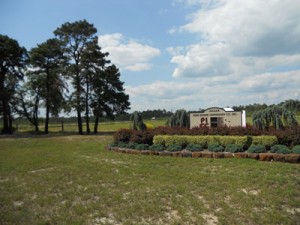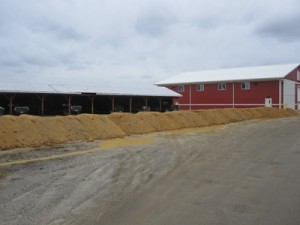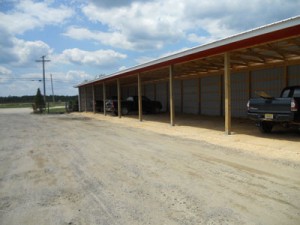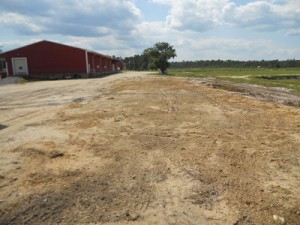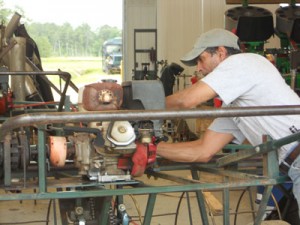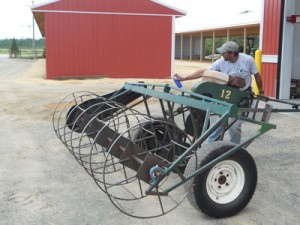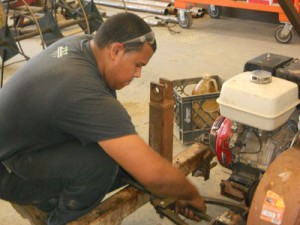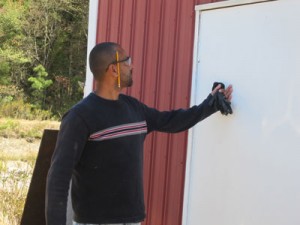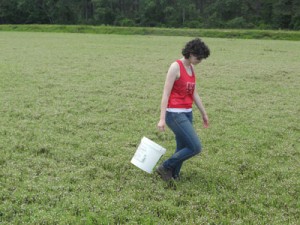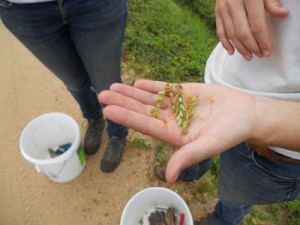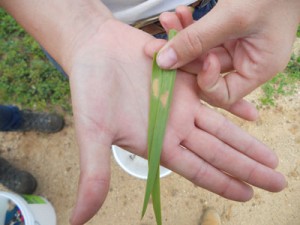In addition to the ongoing Boricua renovation, our Pine Island team is hard at work on many of our usual summer tasks.
Facilities and Equipment Manager Louis Cantafio is keeping his team very busy. Two equipment storage buildings have been built after the originals were demolished in the aftermath of the 2011 storm that took down the old shop. Another equipment shed by the packing house has been taken down and is being replaced with a larger, more efficient building. The team is doing ground prep for the new one. “We did the initial ground prep for the sheds by the shop, as well,” Louis says. “We’re very well situated to do that. Just raising the ground that small amount made a tremendous improvement; if we get a downpour, the ground’s high enough that we won’t get any water in the shed itself.”
In addition to the routine maintenance work on bog mowers and the harvesting machines, Louis is also training a new member of the equipment team: Miguel “Coco” Mercado, a recent graduate of BCIT and now, a second-generation full-time employee.
The facilities team, under the supervision of Mike Guest, is building the new pump houses at the Boricua renovation, redoing a staff apartment, and widening the doors to old pump houses in order to make engine repair and replacement more efficient.
While all of this is going on, other members of our team are hard at work on pest control. Team members Casey Koehler and Tory Haines spent the afternoon searching for and removing dodder at Telephone Line.
Dodder is a parasitic plant that is a very serious pest for cranberry production and can be challenging to control. In order to thrive, dodder must form a successful attachment to its host. Once a suitable host is found, it will twine around the stem. After attaching to the host, new shoots will develop and either attach itself many times to the same host or branch off to attack different hosts. Research has shown that sanding might have a helpful effect, but while that may reduce the infestation, it does not halt it. So our team removes dodder by hand. Hand-removal is time consuming, but effective in light infestations. Once the dodder has formed an attachment, it is clipped and removed from the area for burial.
Casey and Tory are also keeping an eye out for spotted fireworm larvae. Egg masses of spotted fireworm can be easily detected on the the upper surfaces of weed leaves, and our IPM teams monitor any changes, as the most effective control occurs when the larvae are in the early stages of development.
Most importantly, spotted fireworm can be controlled without harming the bee population, which is always a concern during the bloom period.

